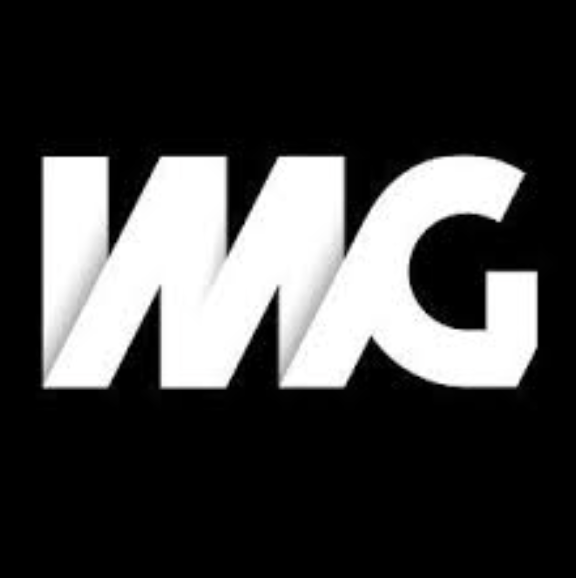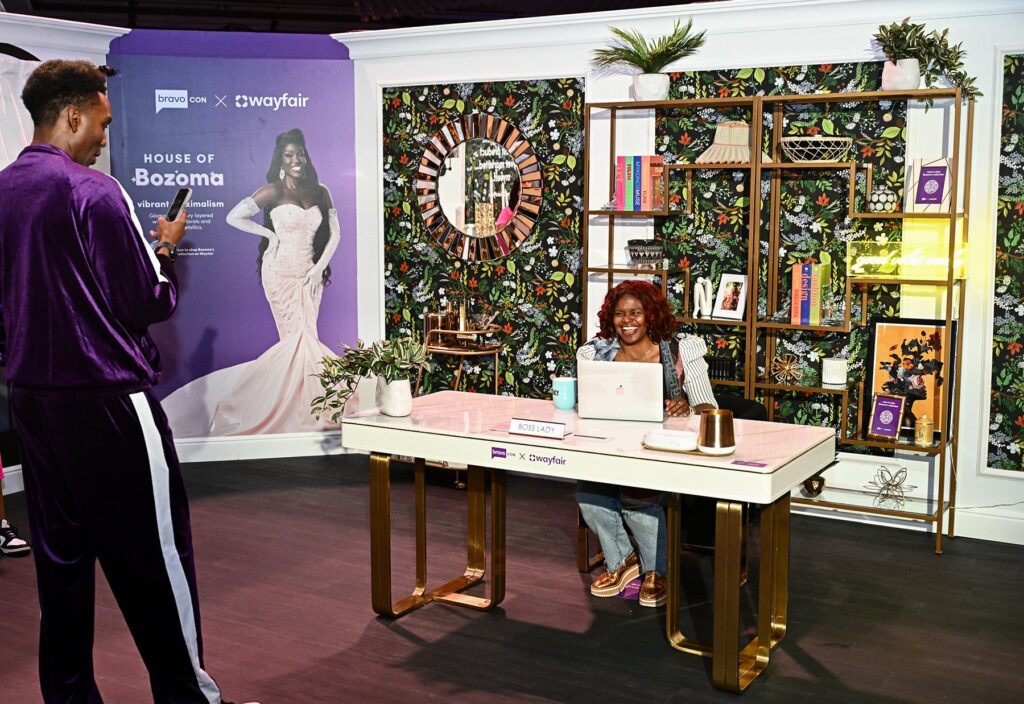Getting out of the office much this summer? No, we’re not talking about the 19th hole, the beach, or the endless stream of barbecues filling up the date-book. We’re talking about leaving HQ and taking tours of retail stores, a past time that should be at the top of summer to-do lists.
Somewhere between 59 percent and 70 percent of purchase decisions (depending on whom you ask) are being made in-store. Marketers can’t get a true picture of how they’re being made if they’re not in stores watching, exploring, and learning. “Not a day goes by that we’re not in the stores either as a marketer or as a consumer,” says Rebecca Johnson, vp-ethnic marketing and urban development with Plano, TX-based PepsiCo division Frito-Lay. “It’s the ultimate moment of truth, where the consumer and brand come together.”
Although many marketers regularly get into stores to experience that moment themselves, others still haven’t gotten into the practice. And that’s a dangerous habit to not have. “You can’t sit in an office and rely on opinions, rumors, and conjecture. The industry has to get out and look around,” says Chip Hoyt, a co-marketing consultant who recently finished a stint as senior vp-trade co-marketing with DVC Group, Morristown, NJ. “This isn’t a nice-to-do, it’s a must-do.”
“This is one of the best opportunities we have to watch our brand in action,” says Mike Brown, product manager with Mott’s, Inc., who regularly runs store checks near his Stamford, CT, office. “Focus groups are contrived. What consumers say they do and what they actually do aren’t always the same things.”
Chicago-based promotion agency 141 Communicator has a research arm that regularly visits seven types of retail stores, counting promotions and eventually developing a report for account leaders (and for an in-house database called PromoTracker) who boil the information down for clients. “We go down the aisle, reading every label. We check entire categories and look for trends and new types of promotions being used,” says Margaret MacDonald, the shop’s research director. “When you walk up and down the aisle, you can feel the promotions. It puts the industry in perspective.”
And perspective is what it’s all about. Frito-Lay’s marketing staffers head into stores with three missions: to monitor shopping behavior, to check on a specific promotion, and to look for ideas. Johnson mixes up her trips between visits in which she brings a clipboard and takes notes while formally monitoring consumers (at different times of the day and week), and trips when she heads into stores as a consumer to engage merchandise as the general population would. She’ll often speak with consumers and store employees.
“There’s nothing like going into a store and figuring out if your brand is cutting through or not,” says Dan McHugh, director of retail sales promotion with St. Louis-based Anheuser-Busch. McHugh sends staffers into stores weekly during the high season and twice-monthly in off periods. “This isn’t about just selling beer. Store visits help us understand the retailer and how to go where we haven’t gone before.”
Doing the job right starts with a comprehensive store check to get a handle on a brand’s in-store state of affairs as well as the competition’s activity. Are you doing it right? PROMO took notes last month as we shadowed Hoyt on tours of Wal-Mart, Stop & Shop, and Walgreens stores in Norwalk, CT. Follow these steps and you’ll be as in-the-know as the stock boys.
Be prepared: Bring a camera and tape measure to snap picture of aisles and displays and to measure merchandise space by category and SKU. Try to get permission from the client or the store manager beforehand.
“Focus groups are contrived. What consumers say they do and what they actually do aren’t always the same things.”
— Mike Brown, Mott’s, Inc.
Stake out the lot: Take note of the types of cars in the parking lots. They’ll tell you a lot about the local community and the standard of living in the area. Grab a circular on the way in and check which products are featured, what promotions are highlighted, and how much print space is devoted to manufacturer and private-label brands. “I go to the trade on the first of every month,” says Michael Kushnerick, senior promotion manager at Colgate-Palmolive, New York City.
Get acclimated: Look around and get a sense of the promotional environment. Record evidence of co-marketing programs, account-specific efforts, and national consumer campaigns. Prepare to walk the entire store. “Most people aren’t doing store checks, or they do them half-baked,” says Hoyt. “They look at their categories instead of the whole store as an entire promotion set.”
Roam: Move aisle by aisle, category by category, and take notes on all programs. Identify coupons, sampling, floor signage, and on-shelf offers. Look for manufacturer-produced aisle banners, floor graphics, shelf danglers, shelf strips, shelf talkers, and window posters. Now repeat and find the retailer’s own collateral in support of private label or its own marketing. “The first thing I check is price and packaging for my product and the competition’s,” says Mott’s Brown.
Sweep the aisles: You’ll get knocked out by a wave of sweepstakes. Segment them by type of offer (instant-win, mail-in, online-to-offline) and take note of the prizes. Then check all the premiums (in-pack, mail-in, SLO).
Record the endcaps: How many are permanent? How many are contracted? Which brands have them and how much space do they receive in the store? Examine pre-configured endcap displays and pallets.
Check prices: Note competitor pricing and any account-specific discounting or couponing. Then compare the prices for the items and the category to other stores in the area.
Get carded: Does the store have a frequent-shopper program? Find out how shoppers enroll and what they get in return, how the program works, and if there are any opportunities for manufacturers to get involved beyond basic discounting.
Search for the cause: Is a charity tied to the chain or some products? Note which charities are present and how they receive the donations. Brands might be able to tie to the retailer via a hook with the cause.
Don’t overlook the incidentals: Don’t forget the little things the BOGOs, the clip strips, the check-out divider bars that may have brand messages. Look for on-pack offers, retailer cross-promotions, tearpads, and store shopping bags that have CPG messages on them. Does the store accept manufacturer coupons? Does it have Internet programs and targeted direct-mail support?
Inspect the P-O-P: Find every piece and analyze. Was it shipped pre-configured or did store staffers have to assemble? If the latter, ask a clerk how easy it was to put together. Do the colors match the retailer’s décor? Look for attributes that would entice the chain to put it in play or aspects that make the design more a hindrance than a help. “What you think is happening in-store and what is actually happening are often vastly different,” says Kevin Flagg, client director at Wilton, CT-based agency Marketing Drive Worldwide, which runs regular checks and writes recap reports for clients.
Watch the media: Search out all electronic programs. Does the chain employ in-store radio or TV? If so, note which brands are using them.
Observe consumers: Notice if product packaging or promotions catch their eye. Watch how they stroll the aisles and which products engage them. Ask them why.
Talk to the staff: Chat with the store manager about what’s on his to-do list. Ask him about P-O-P programs. Find out what would make his life easier and what makes it more difficult. Then ask clerks the same questions. “You’ll get a ton of ideas from talking to the store personnel,” says A-B’s McHugh.
Wrap it up: Hoyt suggests making a list of favorites. Pick the programs that stand out and “went the extra mile.” What was the most effective vehicle seen in-store? Why was it effective?
The Jewel of the Aisle
Retail stores are getting cleaner by the minute you can count on two hands the number of shelf danglers in Wal-Mart (and on one hand the amount Target Corp. green-lights). Don’t develop in-store materials until you understand each store and how the retailer and its customers behave.
Make sure you visit stores for a full check at least once during each of the standard 13 annual promotion periods. It’s not feasible to have the whole staff out in the field all the time, but key account leaders can report back to the team. “We’re also out there validating what the buyers tell us,” says Marketing Drive’s Flagg. “We’re often told we can’t do something, and then find it being executed in another store department.”
Examine what accounts are doing to target specific groups of consumers, and use it all to get a keen sense of what is really going on. “You have to know what’s out there or, in the end, it will hurt your business, plain and simple,” says Hoyt.
The barbecues can wait.




